If you have ever strolled through the ferry port of Beşiktaş on the European side of Istanbul, chances are you have walked past a seemingly innocuous monument. Even though, today, Beşiktaş is most closely associated with the football team of the same name located there, as well as the ferry station to the Asian side and cozy pubs and restaurants dotting its twisting cobblestone alleyways, Beşiktaş has a centuries-old naval history. It is for this very fact that the aforementioned monument stands today, since the Ottoman architect Mimar Sinan completed it in 1541 – five years before its future occupant would forever be entombed within its walls. It is the mausoleum of a man few outside of Turkey would grow up learning about: Hayreddin Barbarossa – governor of Algiers, grand admiral of the Ottoman navy under Sultan Suleiman the Magnificent and the scourge of the Christian White Sea.
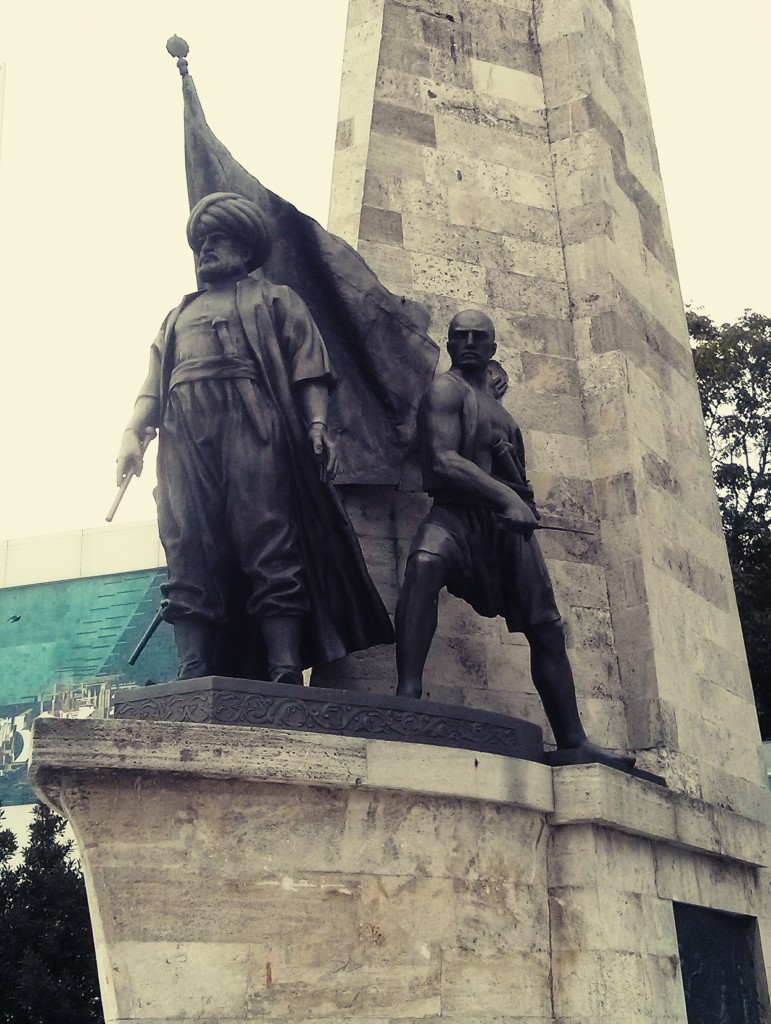
If you were living in Christian Europe in the 16th century, his name would conjure horror and fear, but if you were living in the Ottoman Empire, he was celebrated as a hero. Indeed, few Ottoman admirals had as much success and skill as Barbarossa (not to be confused with the Holy Roman Emperor of the same name from the 10th century). Barbarossa means “red beard” in Italian, and he inherited the title from his brother, Oruç, after he was killed in battle. Both men, along with their two brothers, were born in the Ottoman territory of Lesbos (in modern-day Greece), and were known for their great red beards and seamanship.
The Mediterranean region in the early 1500s was a gruesome place to live. If you were living on Rhodes, Malta or Cyprus, you felt the might of the Ottoman navy’s full force descend upon you. Coastal villages throughout the Mediterranean were raided, pillaged and burned; Hajj pilgrims were routinely captured and held for ransom or killed; but worst of all, you could be enslaved, confined to an Ottoman or Christian galley as a rower, rotting in your own filth until the exhaustion of rowing killed you or your master’s ship was destroyed by cannon fire.
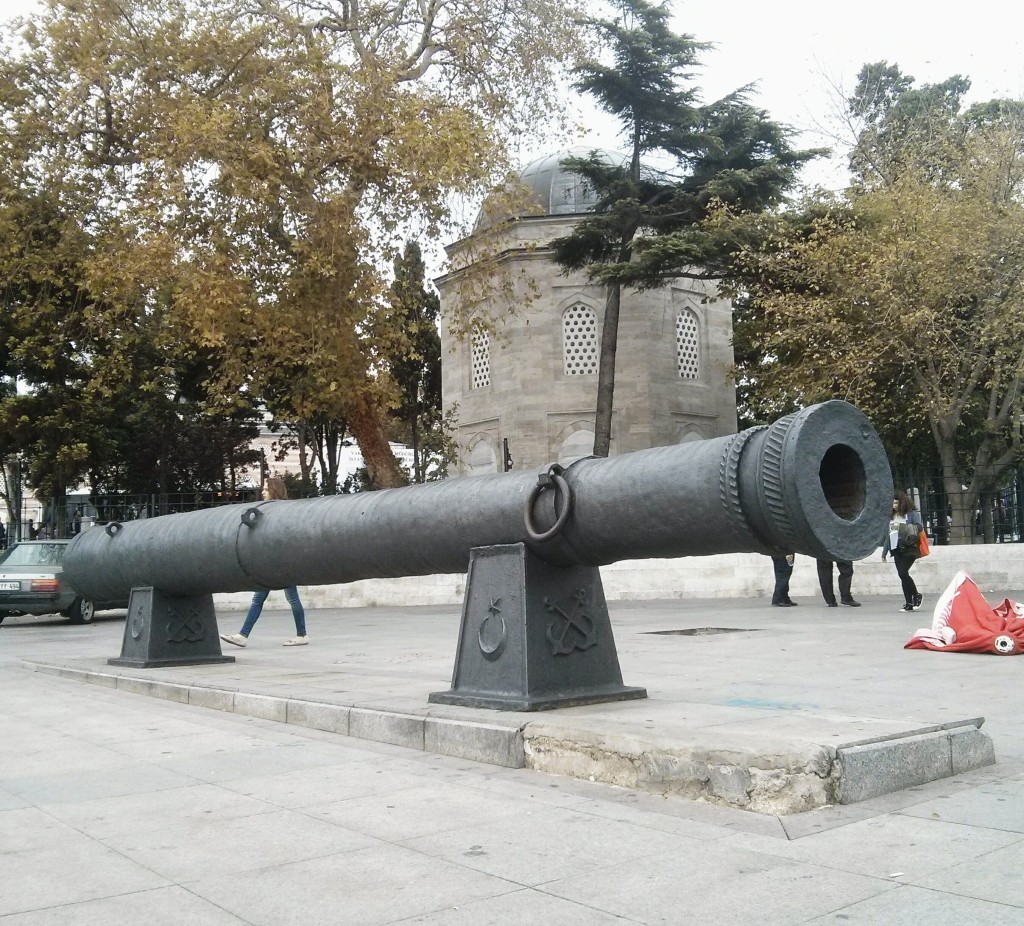
For European Christians, it was the coastal raids of Barbarossa and North African corsairs that was largely responsible for instilling this fear. A brilliant seaman, Barbarossa would cement his legacy after capturing Algiers and defeating the Christian fleet at the Battle of Preveza in 1538, which secured the Ottoman dominance of the Mediterranean until the Battle of Lepanto in 1571. Raid after raid, Barbarossa brought exasperation and fear to Holy Roman Emperor Charles V in Spain, the Venetians and Genoese in Italy, the Knights of St. John in Rhodes and Malta, and Pope Pius IV in Rome, until his death in 1546.
Barbarossa died in Constantinople in his late ’60s, but he – whose name was a partial influence for the name of the Pirates of the Caribbean character, Hector Barbossa – along with his tomb, have much significance for Istanbul. After his death, his mausoleum became a sacred place for Ottoman naval admirals and their men. Beşiktaş was the port where Barbarossa would launch his ships, so before any Ottoman fleet left for the Mediterranean, it was customary to visit the mausoleum to ensure a successful campaign and salute his grave and legacy with cannon fire before departing. This was a ritual taken so seriously that it is said that one of the reasons the Ottomans failed to take Malta in 1565 is due to the commanders not making their customary pilgrimage to his tomb before departing Constantinople in order to keep a tight sailing schedule.
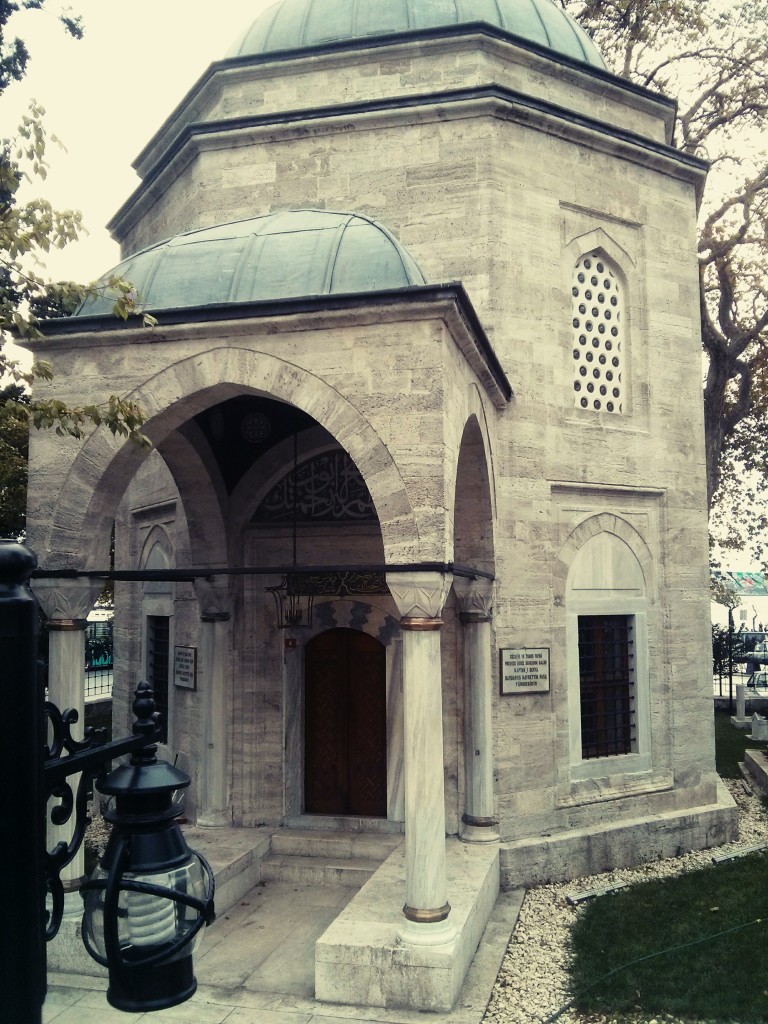
Today, this famous tomb casually blends into modern Istanbul, but his legacy has not been forgotten. You can visit his mausoleum, located in Beşiktaş square, on Friday’s from 1-5 p.m. It is situated next to the Istanbul Naval Museum, which features fascinating exhibits detailing Ottoman and Turkish naval history from the 1400s to the present. It includes many rare, historic artifacts such as the ensign of Ali Pasha that was used in the Battle of Lepanto and an entire galley that has been persevered. It is open from 9 a.m. to 5 p.m., Tuesday through Sunday, and the entrance fee is TL 6 for adults and free for students.
The naval museum and Barbarossa’s tomb provide a glimpse into what the world was like on the sea in the centuries past and the barbarism and mayhem that it brought with it. Indeed, we have come quite far since the days of Barbarossa and the battles between Christians and Ottomans that were fought in the name of Gods and Empires. So, next time you’re walking in Beşiktaş, take a moment to stop and witness history. It will be an afternoon well spent.
For more information on this time period, I suggest picking up a fascinating and engaging book: Empires of the Sea: The Final Battle for the Mediterranean, 1521–1580 by Roger Crowley. You can also check out the Istanbul Naval Museum’s website or this site for some tips on what to see in Beşiktaş.
Michael is a TCK and global citizen/nomad. Before moving to Turkey, he lived in the US, Lebanon, and India. Michael fell in love with Istanbul in 2011, and finally found a way to come back by taking up an editing job. He is also an avid tweeter (@MikeOghia).







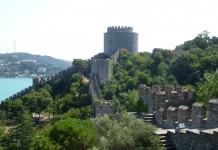

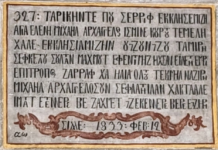


[…] Boulevard is named after Ottoman navy captain Hayreddin Barbarossa, whose tomb lies at the bottom of the long, steep boulevard. And Beşiktaş itself, with its lovely […]